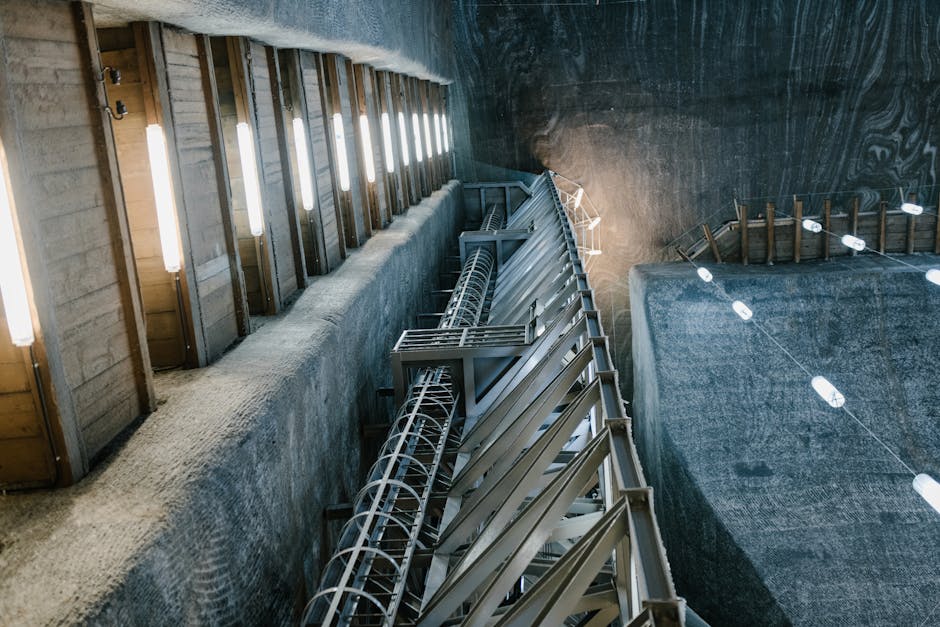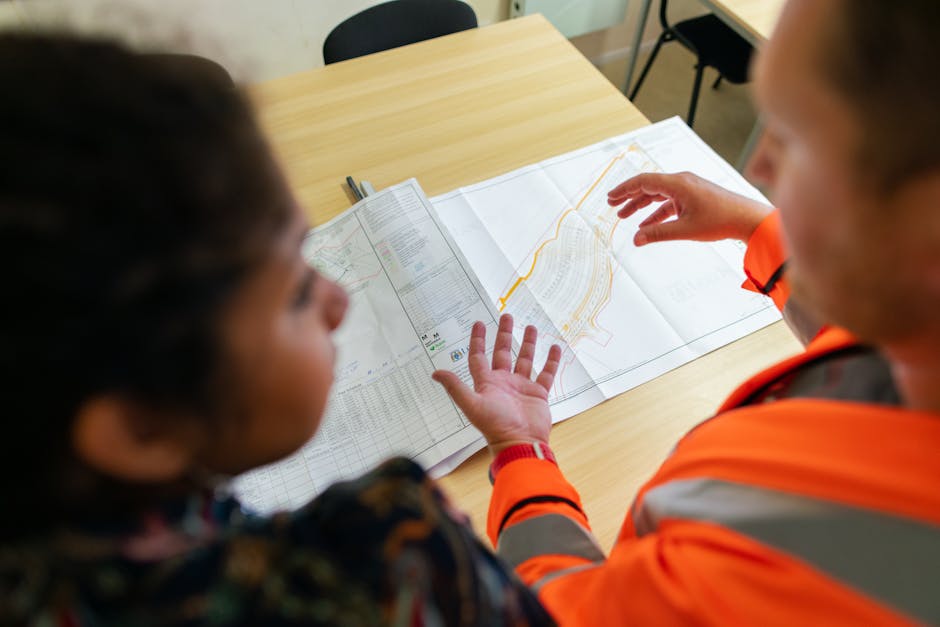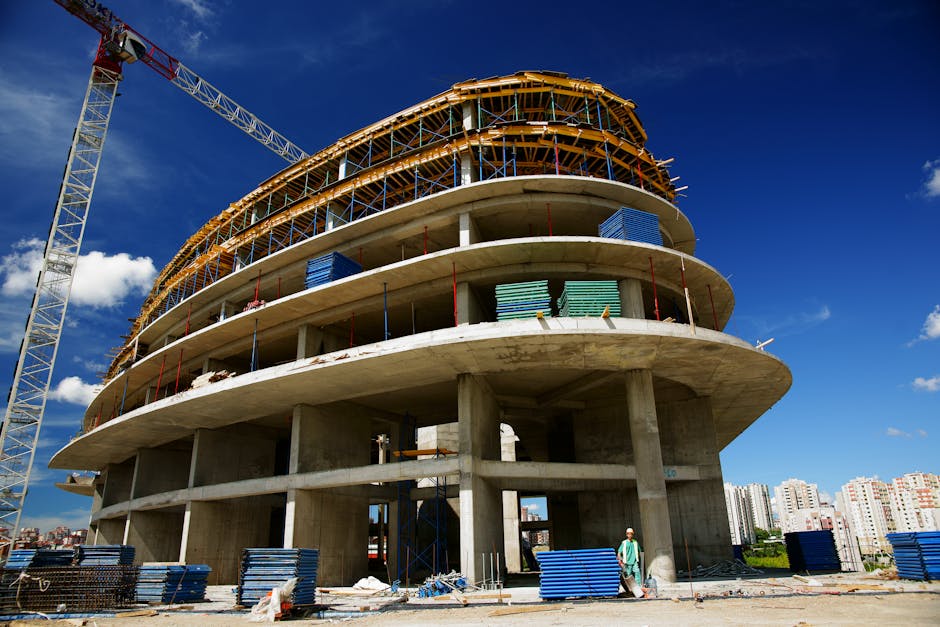What Is Site Planning In Construction?
Why Are There Site Plans?
When you’re looking at possible construction projects, your first impulse might be to draw up a plan for your dream project.
But a design is not what will carry you through the process of planning. Your final goal should always be to put together the best crew that fits the job, works within the time frame you have, and completes the work right the first time.
A layout can help you see this more clearly. It can also help you compare different project types and styles.
Let’s say we’re building a house. We can build it ourselves or hire someone else to do the job. There are many benefits to doing it yourself, but if you don’t know how to measure things like accuracy and quality control, you may let your ego get in the way of producing a sub-par product.
Site plans show all the trades how they will move into the space needed by referencing walls, windows, and doors. They give details about the placement of these elements on the interior of the building.
By having these preplanned areas, it allows the builders to easily estimate the price of materials and the total budget of the project.
Preliminary Site Diagrams

Once you have learned what goes into planning your project, the next step is to do some preliminary research on how you will accomplish the goal of this plan. You want to know how much money you have available for expenses and how many workers you can hire.
Some considerations for these details include:
How large or complicated will each phase of construction be? This is going to depend on the scope of the work and who it is going to be done by.
For example, if you are building a house, there are usually predetermined dimensions that you need to keep in mind when planning.
If you are doing landscaping, however, you can use as many people as you need to get the job done efficiently.
Also consider any potential limitations put upon you by architects or engineers regarding land changes (such as digging) or materials limitations.
These things should all be taken into account before deciding what type of plans you will need.
The Key Elements In Site Planning

While it may come naturally to you, clicking out several of the pictures on this page may help you gain a better understanding of the essential components of site design.
When working with any project team, there are several important aspects of site development that should be addressed during the early stages. These include layout, balance, harmony, and cost.
Additionally, projected budgets, environmental concerns, right-of-way issues, and regulatory requirements all need to be considered before starting work.
Closely related to these six items is the issue of traffic flow. Traffic estimates aid decision making when site improvements are being planned.
Calculate Budget

Once you have a site plan, cost estimates can be generated to determine how much building construction will cost. You may already know what type of software you’ll use and an accurate estimate can be made using only online price estimating tools.
However, it is always best to receive an estimated cost from a professional who understands your project needs and expertise.
Web design firms that specialize in architectural reproducing can also help with this process by giving you at least an approximate run-way figure. Then they can provide additional information about factors such as landscaping, materials, etc.
That way you can make sure that your original proposal was accurate and complete.
Set Milestones

While there’s no one right way to do it, most site plans include features such as loading zones, erosion controls, construction fencing, and access roads.
It is standard procedure to mark where each of these boundaries are located so that people know what they're going to get into when they choose to dig below the surface.
Furthermore, different projects have different levels of complexity; some will require larger setbacks than others for phase two. It's important to plan ahead because once you've put in the foundation, turning back becomes difficult.
If anything changes during the project (like new maps or revised floor plans), everyone needs to be notified before work begins again. Change causes disruptions and can extend the timeline of the project.
Site planning helps keep track of these variables and become familiar with the process. You will also need help from your team members if things escape their area of responsibility.
Choose A Site
Once you have determined what role your website will play in your sales & marketing strategy, decide on a location for your business. Will it be located at your current address or a new one?
If you are changing addresses, don’t move into the building just yet. Most likely, there is more than one room you need to fill before becoming a master builder.
Also consider how close your client/customer probably walks when they come across your trade from afar. Think architecture (the design and planning of buildings and walkability of cities), parking, driving directions, and routes while keeping safety as top priority.
Planning is not a moment trickling method; rather, it is a process that must be detailed and precise if done correctly. Too many times businesses create pages on their websites only to find out that they should have called their contact list instead.
Do yourself a favor and check off locations such as pet stores, shopping centers, restaurants, theaters, etc. To prevent any delays later on, make an appointment with one that deals with construction and remodeling otherwise, do it on your own time.
Choose A Site Configuration

When contractors build sites, they do so with one goal in mind: to maximize their exposure to customers and opportunities for sales. With fewer clients willing to share information about building websites, more companies are opting to hire freelance web developers who can handle these tasks themselves.
In fact, several recent research studies show that professional web development is becoming one of the most sought-after skills by businesses. For example, a study conducted by Hubspot found that 67% of business owners believe it’s important to have an online company presence.
Another study showed that nearly 90% of small business owners agree. According to Koozai, almost all business owners recognize the importance of having a website but only 50% feel comfortable doing it themselves. The other half prefer to outsource the task to a programmer.
Given the number of businesses that need creating or updating their web existence, this certainly seems like a good option. After all, developing a web presence is arguably the fastest way to get noticed by potential clients.
Choose A Site Management Company

Once you have defined your project, identified potential issues and found an appropriate location for your construction project, it is time to choose a site management firm. This person will be managing all of the day-to-day operations related to your remodeling or building project.
You can either hire one main firm to handle all work onsite or you can opt for several smaller firms to take up different aspects of the job. We discuss more below what you should look for when choosing a site manager.
Obtain Zoning And Building Permits

Once you have obtained site approval, received your construction loan, and created your budget, it’s time to get all necessary government licenses and permits.
Government agencies that may need to see your project include: department of housing and urban development (hu), city/town government, licensing board, health department, environmental protection agency (epa).
These are only some of the many governments bodies that must sign off on your project. It is best to reach out to each official individually to make sure you aren’t missing any critical steps.
Site planning is better done as a group effort by all involved. There is too much at stake for one person to put everything together at their own expense.

